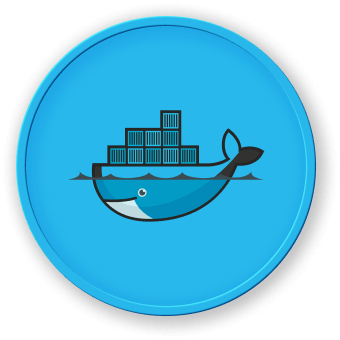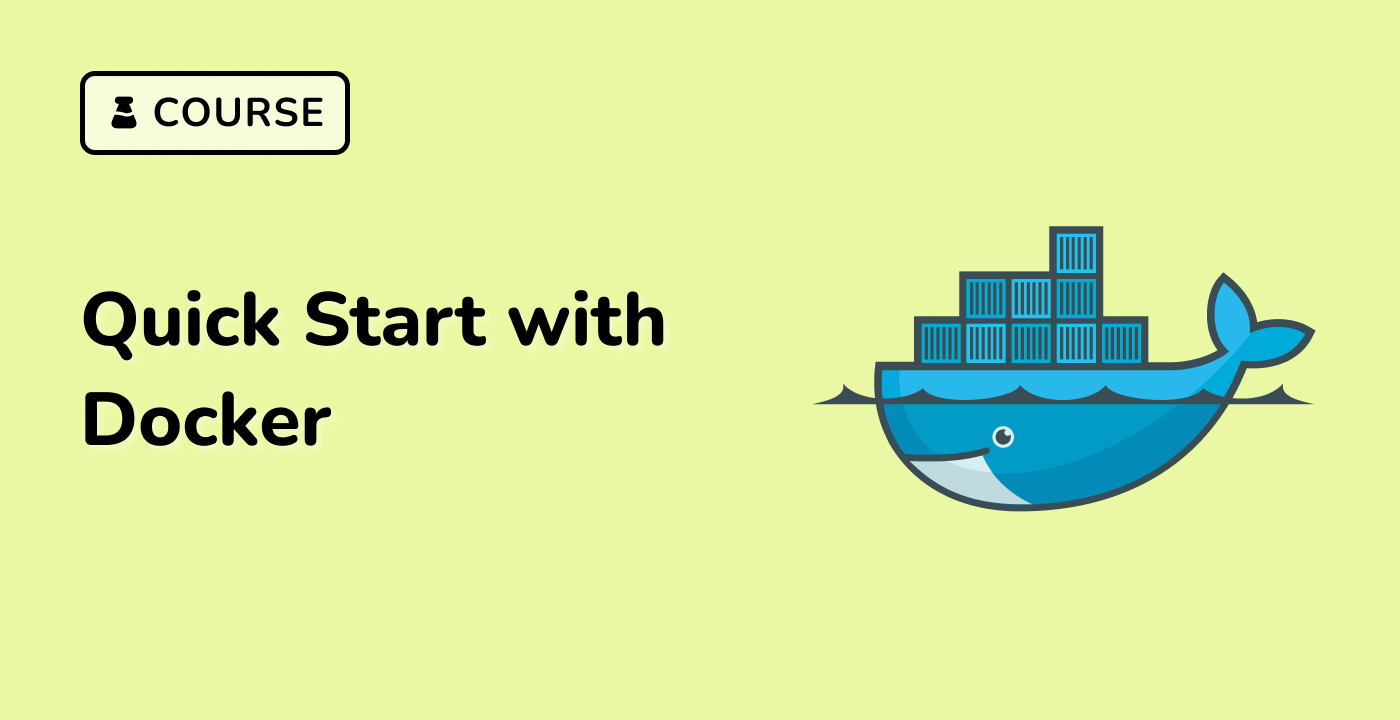Deploying Flask in a Docker Container
Creating a Dockerfile
To deploy your Flask application in a Docker container, you'll need to create a Dockerfile. A Dockerfile is a text file that contains instructions for building a Docker image.
Here's an example Dockerfile for your Flask application:
## Use the official Python image as the base image
FROM python:3.9-slim
## Set the working directory to /app
WORKDIR /app
## Copy the requirements file into the container
COPY requirements.txt .
## Install the Python dependencies
RUN pip install --no-cache-dir -r requirements.txt
## Copy the Flask application code into the container
COPY . .
## Expose the port that the Flask application will run on
EXPOSE 5000
## Set the command to start the Flask application
CMD ["python", "app.py"]
This Dockerfile does the following:
- Uses the official Python 3.9 slim image as the base image.
- Sets the working directory to
/app.
- Copies the
requirements.txt file into the container.
- Installs the Python dependencies listed in the
requirements.txt file.
- Copies the Flask application code into the container.
- Exposes port 5000, which is the default port for the Flask development server.
- Sets the command to start the Flask application.
Building and Running the Docker Image
To build the Docker image, run the following command in the same directory as your Dockerfile:
docker build -t labex-flask-app .
This will create a Docker image named labex-flask-app based on the instructions in the Dockerfile.
To run the Docker container, use the following command:
docker run -p 5000:5000 labex-flask-app
This will start the Docker container and map port 5000 on the host to port 5000 in the container, allowing you to access the Flask application at http://localhost:5000/.
Scaling and Managing the Docker Container
Once you have your Flask application deployed in a Docker container, you can take advantage of Docker's scalability and management features:
- Scaling: You can easily scale your Flask application by running multiple instances of the Docker container, either manually or using container orchestration tools like Docker Compose or Kubernetes.
- Monitoring: Docker provides built-in tools and integrations for monitoring the health and performance of your containers, making it easier to manage your Flask application in production.
- Versioning and Rollbacks: Docker's image-based approach makes it easy to version your Flask application and perform rollbacks if needed, ensuring a more reliable and stable deployment process.
By leveraging Docker, you can ensure that your Flask application is consistently deployed and managed across different environments, simplifying the development, testing, and production lifecycle.




